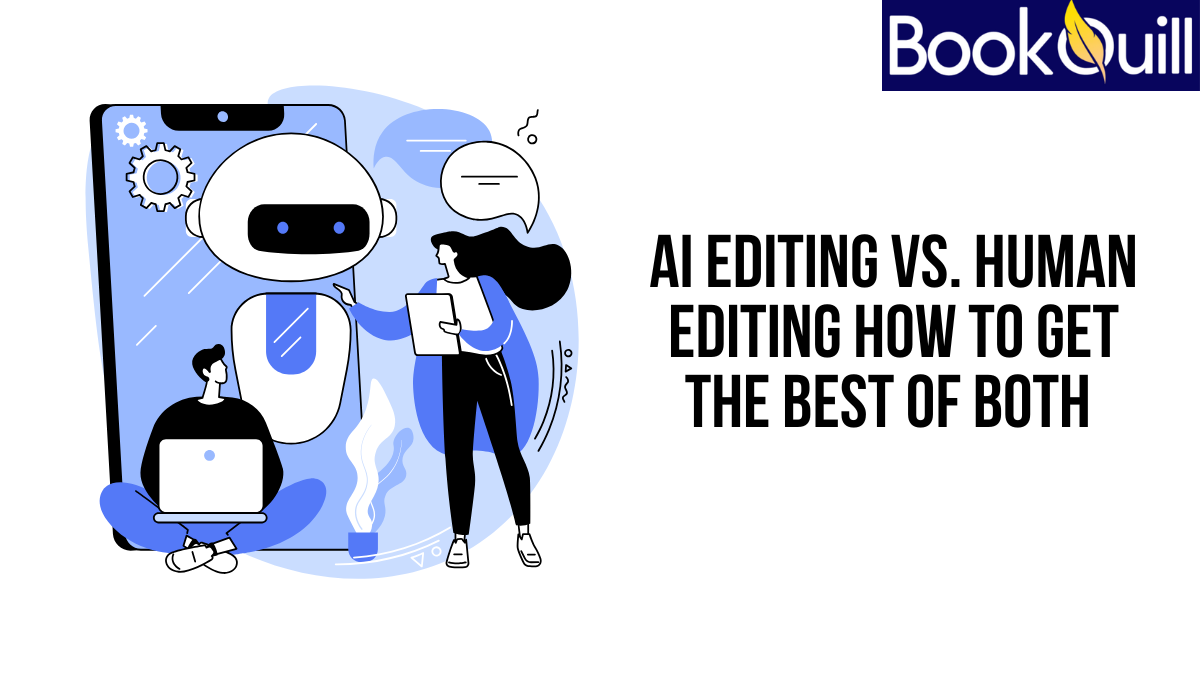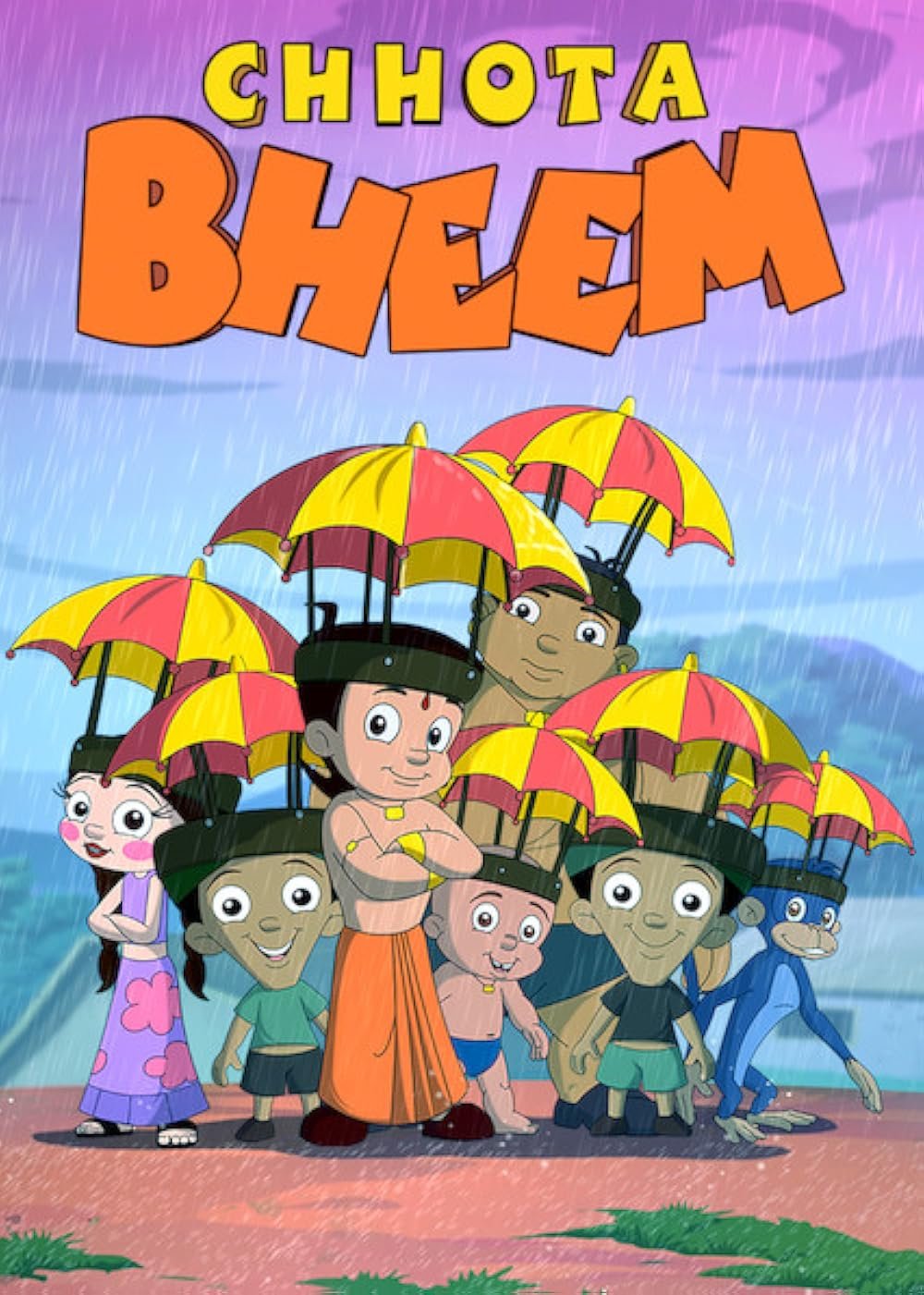Those days aren’t far off when humans will see A.I. not just as a personal assistant, but as a true companion. With A.I. evolving at breakneck speed, it brings along a flurry of questions: Is it ethical? Will people lose jobs? What impact will it have on commerce? And my favorite: Will they ever evolve enough to take over humanity?
Clearly, there’s a lot at stake — but let’s not count humans out just yet.
When it comes to book editing, one debate always seems to surface: A.I. editing vs. human editing — who does it better? Who’s more efficient? And most importantly, who can improve your work with creativity while preserving your tone and the heart of your story?
To answer all those questions, I’m writing this blog — your one-stop guide to I’m writing this blog to answer all those questions everything you need to know about A.I. in the editing world.
The Evolution of A.I. in Creative Work
What started as a simple proofreader has evolved into a humble accomplice — one that can not only edit your stories, but write them entirely from scratch. In its early days, A.I. served as little more than a spellchecker, correcting typos and cleaning up grammar. Now, it can craft emotion, shape mood, and adapt to a wide range of styles with surprising grace.
In fact, some of the best book editing services today actively incorporate A.I. into their process, using it to fact-check, refine language, and streamline edits — all at the click of a button.
The Rise of A.I. Editors
Creative A.I. has been stealing the spotlight, with GPT, Google, and all the big guns racing for dominance. But while generative tools flex their storytelling muscles, the rise of A.I. editing software is quietly surging too. Major players like Grammarly now analyze tone and readability with impressive efficiency (though let’s be honest — they still fumble when it comes to detecting A.I.-written text). Hemingway strips the fat from bloated jargon with surgical clarity, and ProWritingAid dives deep into pacing, transitions, and structural balance like a literary mechanic. These tools are fast, tireless, and increasingly intuitive — learning your voice instead of flattening it. But the real debate brewing behind the scenes is A.I. editor vs. human editor: Who catches more? Who understands nuance better? Who serves the story with more finesse?
A.I. Editing vs. Human Editing: Breaking It Down
The tug-of-war between A.I. editors and human editors is in full swing. On one side, you’ve got laser-sharp, code-driven algorithms trained on mountains of data. On the other, you have real-life experience forged through countless manuscripts, rewrites, and story arcs. So who wins this battle of strengths and weaknesses? The answer, as with most good stories, isn’t so simple.
-
Speed and Efficiency
When it comes to speed, A.I. wins the race between A.I editors vs human editors without breaking a sweat. It can process thousands of words in seconds, flag grammar mistakes, suggest style tweaks, and even offer alternative phrasings — all with a single click. But while A.I. scans, humans read — and that makes all the difference.
Human editors bring years of experience to the table, reading like your audience would. They catch awkward phrasing, question your intentions, and sniff out inconsistencies in context, character, or tone that machines often miss. Speed is impressive, but insight? That’s still human territory.
-
Creativity and Context
Here’s where the gap really starts to widen. A.I. is undoubtedly clever — it can spot patterns, mimic tones, and even toss in the occasional cheeky metaphor. But context? Subtext? Sarcasm? That’s still foreign soil. A.I. might recognize the words, but it doesn’t feel the weight behind them.
Human editors, on the other hand, thrive in emotional terrain. They handle context, irony, and poetic rhythm with ease — because they possess the one thing A.I. still lacks: emotion. (And A.I. feeling emotions? Yeah… I’ll sit that one out, thanks.) It’s emotion that lets humans catch subtle sarcasm, interpret layered meaning, and protect the soul of your writing. That’s why many top-tier authors still hire professional editing services that refuse to use A.I. — because when it comes to true creative intuition, nothing beats a human mind tuned to storytelling.
-
Tone and Voice Preservation
One of the hardest things about working with A.I. is teaching it your voice — that unique tone and rhythm that makes your writing unmistakably yours. A.I. often smooths too much, like sanding a sculpture until the fine details vanish. It can polish your work, sure, but sometimes it does so at the cost of personality.
Human editors still hold the torch in this regard. They can adapt to your tone — whether it’s bold, whimsical, sharp, or poetic — and offer suggestions that amplify your voice rather than overwrite it. When it comes to A.I. editors vs. human editors in the realm of voice and tone, humans still have the upper hand. Because understanding how you write is one thing — but understanding why you write that way? That’s still a human instinct.
Best of Both Worlds: A Hybrid Approach
So, who should you choose — A.I. or humans? Well, the answer isn’t that simple. The smartest move many authors are making today is embracing a hybrid approach: let A.I. take the first swing, and hand the reins to a human editor for the final round.
Think of it like hiring a tireless intern (the kind that doesn’t exist in the real world) to handle the grunt work — fixing grammar, typos, and flagging redundancies — before the seasoned editor walks in. This not only lightens the load for human editors, but also slashes timelines. What once took weeks for humans alone, A.I. can tackle in minutes.
Then comes the human touch — fine-tuning tone, catching inconsistencies, shaping character arcs, refining pacing, and most importantly, preserving your voice. Even top-tier professional editing services are adopting this hybrid model to boost efficiency without sacrificing quality. And if it’s working for them, maybe it’s time you try it too.
Let the Machine Sharpen the Blade, But Let the Human Wield It
In the long debate of A.I. editing vs. human editing, it’s not a matter of conquest — but collaboration. A.I. is fast, tireless, and increasingly nuanced. But it’s still a mirror without a soul, brilliant at reflection yet blind to intention. Humans, on the other hand, bleed meaning into every sentence, feel tension in every pause, and grasp subtext like a sixth sense.
The best storytellers of tomorrow will learn to blend the two — letting A.I. clear the noise, while humans tune the melody. So don’t choose sides in a war that doesn’t need to be fought. Let the algorithm get you to good… and let the editor make it great.
Questions You Might Had
Can A.I. completely replace human editors?
Not today — and maybe not ever. A.I. lacks emotional intelligence, cultural nuance, and creative intuition. It’s a tool, not a muse.
What’s the best way to use A.I. in editing?
Use A.I. for first drafts — to catch typos, grammar mistakes, and structural issues. Then bring in a human editor to refine tone, narrative flow, and context.
Will using A.I. affect my authenticity as a writer?
Only if you let it. A.I. shouldn’t replace your voice — it should serve it. Always review and revise what it suggests.
Are hybrid editing services expensive?
Many offer tiered options. Some platforms bundle A.I. and human edits together affordably — and they’re faster too.
How do I preserve my voice while using A.I.?
Feed it samples of your work, use settings that reflect your tone, and never publish raw A.I. output. Final polishing should always be done by a human — ideally, you or a trusted editor.













Leave a Reply